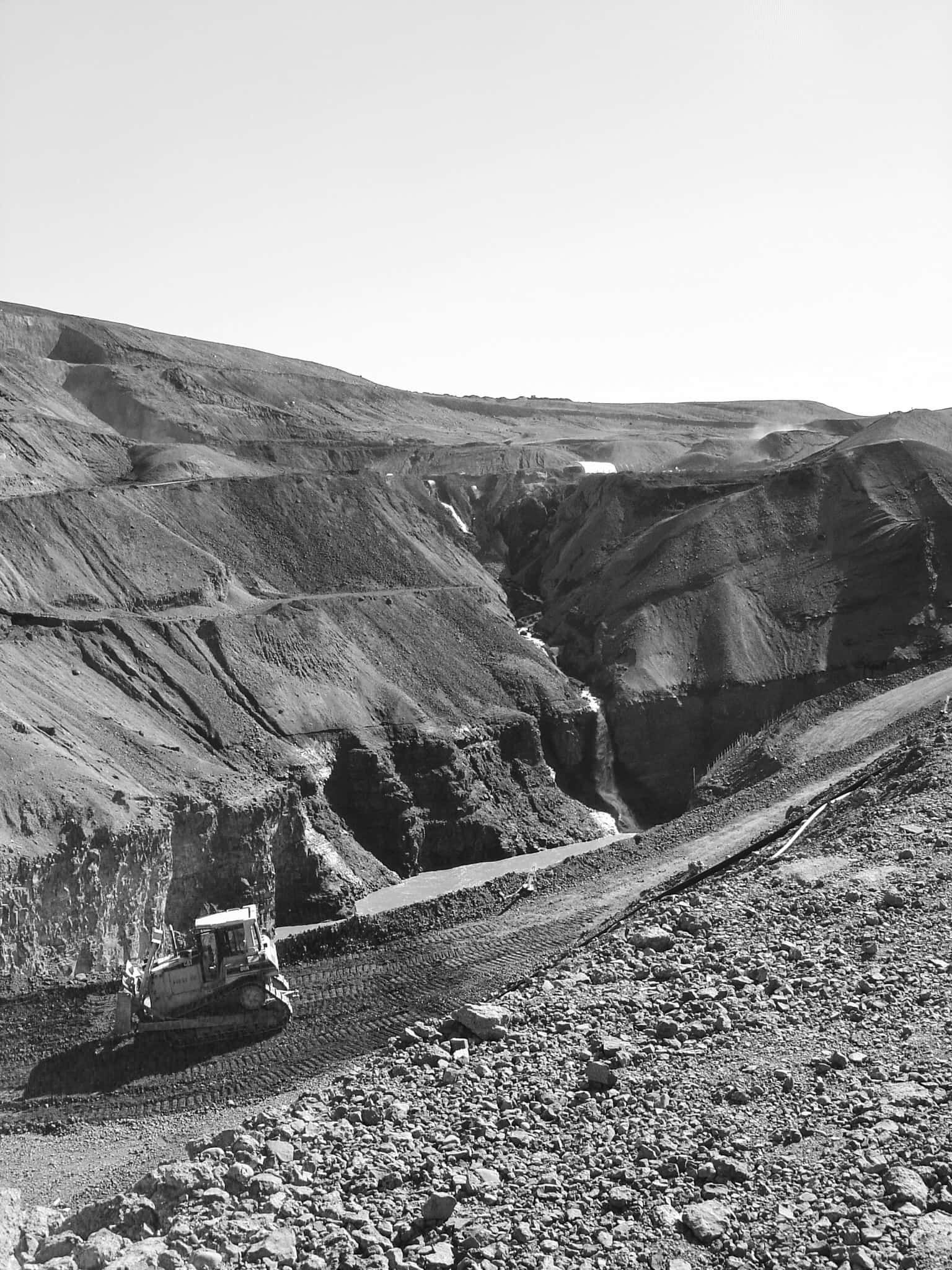Your use of AI is directly harming the environment I live in
I found an essay last week that dug into some of the dynamics of the “AI” hype bubble we’ve found ourselves in.
It’s well worth your time.
[2408.08778] Watching the Generative AI Hype Bubble Deflate
In this essay, we argue that even as the Generative AI hype bubble slowly deflates, its harmful effects will last: carbon can’t be put back in the ground, workers continue to need to fend off AI’s disciplining effects, and the poisonous effect on our information commons will be hard to undo.
And…
A key question remains for which we may never have a satisfactory answer: what if the hype was always meant to fail? What if the point was to hype things up, get in, make a profit, and entrench infrastructure dependencies before critique, or reality, had a chance to catch up? Path dependency is well understood by historians of technology and those seeking to profit from AI alike: today’s hype will have lasting effects that constrain tomorrow’s possibilities. Using the AI hype to shift more of our infrastructure to the cloud increases dependency on cloud companies, and this will be hard to undo even as inflated promises for AI are dashed.
As it points out, bubbles aren’t harmless. People in tech sometimes talk about the positive effects of the dot-com bubble—how it pushed for a rapid build up of infrastructure—but those positive effects don’t nullify the harm
Broadband is also more general-purpose and distributed, whereas much of the generative model infrastructure build is bespoke (specialised hardware), the exact opposite of what the world needs (bigger data centres), and a massive push towards fragile centralisation.
Just from the environmental and employment perspectives, the generative model bubble is already rivalling cryptocoins in the harm it does to society.
I’m also biased because this bubble is affecting me personally in more ways than one.
One reason why the case against “AI” is as cut and dried as the case against cryptocoins, in my opinion, is that shutting those two sectors down through government action would immediately solve the household energy transition for Iceland, for example.
The maths is fairly straightforward: switching personal transportation over to electricity here would roughly double household power consumption (give or take), with the assumption that current plans to improve public transport pan out.
Iceland doesn’t have that much excess power generation. Already our power companies have to occasionally limit power delivery to heavy users.
Increasing power generation that much requires tough choices: we’d have to ruin the environment some way. We just don’t have that many locations left for hydroelectric or geothermal power plants. Most locations that remain are popular tourist sites – destroying them would be bad for the economy – important ecosystems, or would require improvements to the grid that nobody seems to be willing to pay for. Even if we shut down some of the aluminium smelters, reusing that power elsewhere would be problematic. The Kárahnjúkar power plant is in the middle of nowhere and was purpose-built to serve the aluminium industry. When it generates excess power – which happens – that power is usually wasted because the grid can’t shift it from the region where most of the smelting takes place to the regions that have most of the population.
However, data centres in Iceland are both located near populated areas and are almost exclusively used for “AI” or crypto. You can’t buy regular hosting in these centres for love or money. If you buy hosting in Iceland, odds are that the rack is in a building in Reykjavík somewhere, not in a data centre
And those data centres use more power than Icelandic households combined.
Instead of putting limits to “AI” and cryptocoin mining, the official plan is currently to destroy big parts of places like Þjórsárdalur valley, one of the most green and vibrant ecosystems in Iceland.
That’s why I take it personally when people use “AI” models and cryptocoins. You are complicit in creating the demand that is directly threatening to destroy the environment I live in. None of this would be happening if there wasn’t demand so I absolutely do think the people using these tools and services are personally to blame, at least partially, for the harm done in their name.
There’s a cost to these tools and they’re pushing it onto others.
Back in 2003, twenty years ago, I was helping out on a radio documentary on the construction of the Kárahnjúkar power plant.
For that project, we got permission to visit the site and got a guided tour.
I will never forget the devastation.
And, if my government ends up repeating that destruction, I’m not about to forgive it either.
